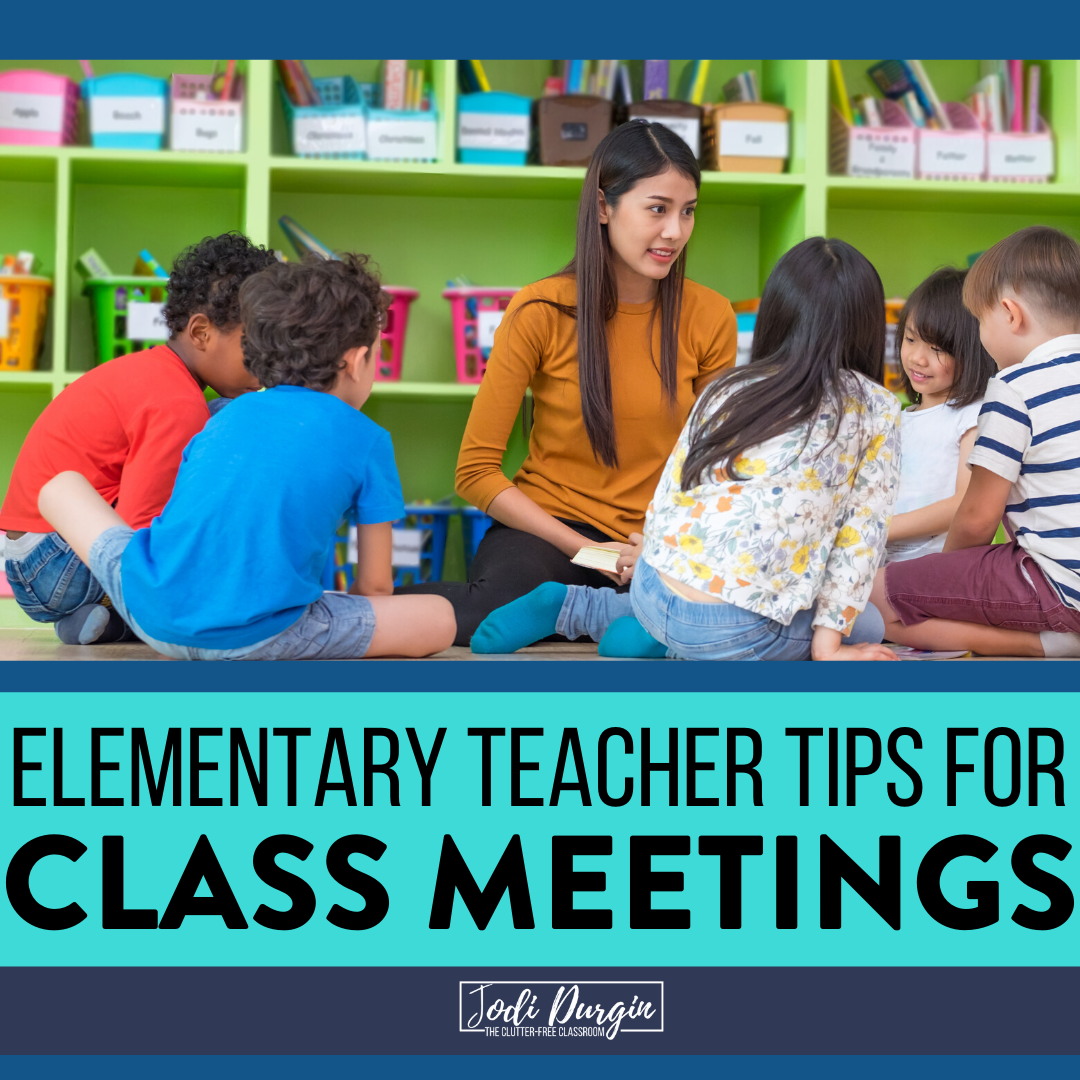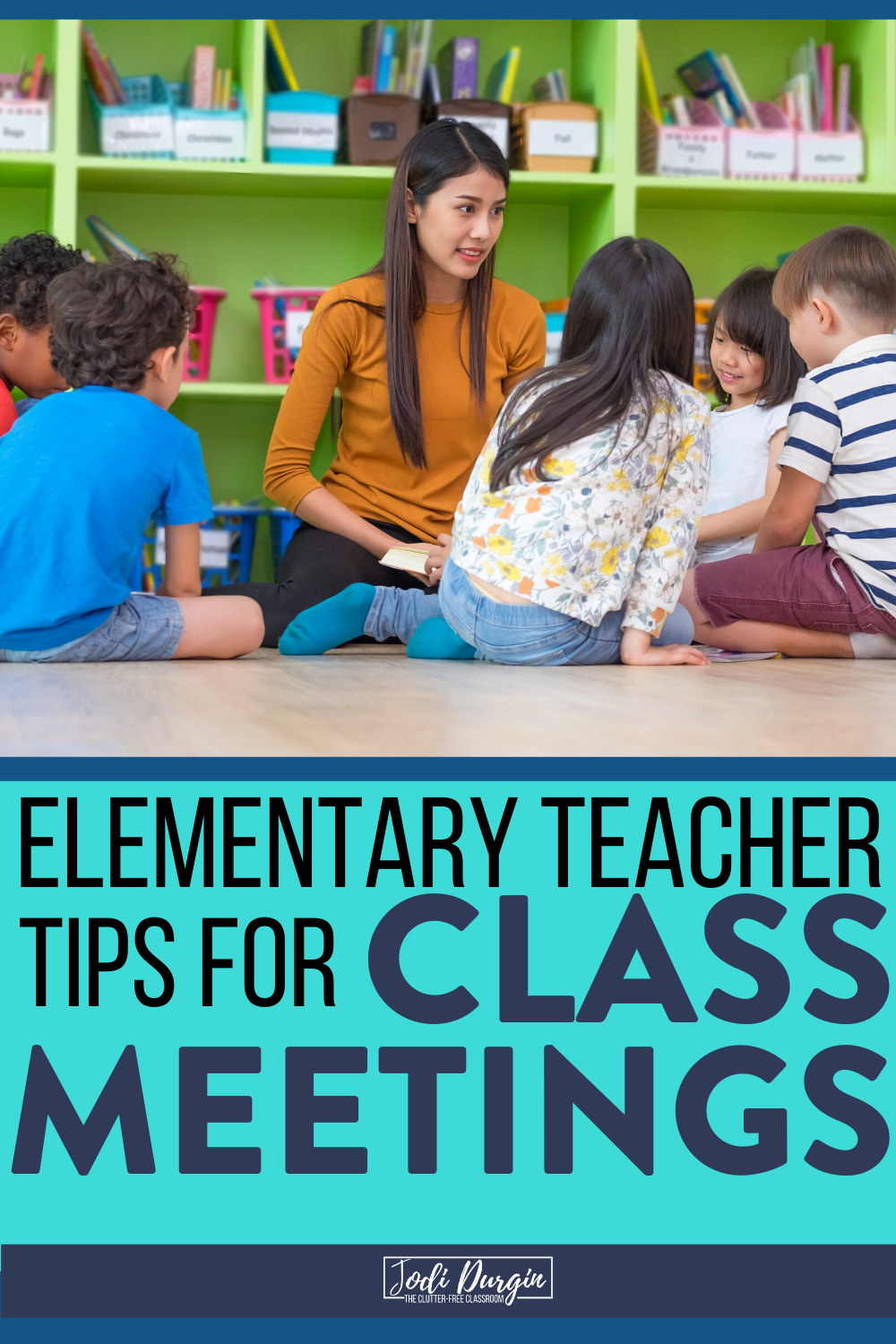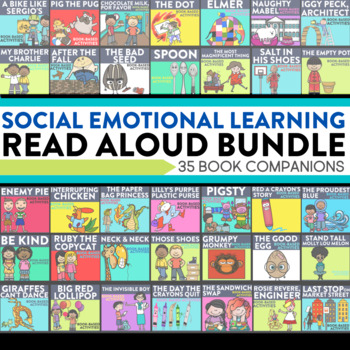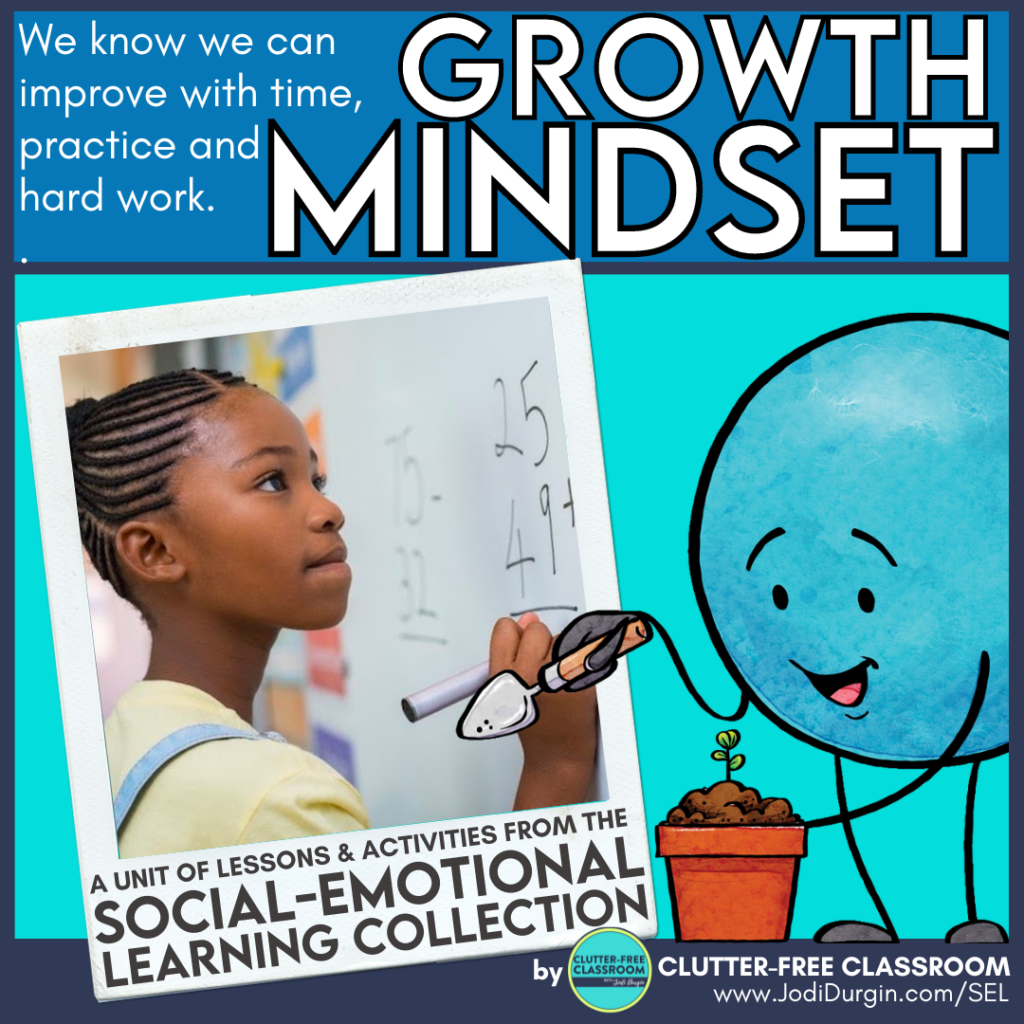Integrating morning meetings or class meetings into your daily schedule is one of the best investments of time you can make as an elementary teacher for your students. Some teachers hold a morning meeting by following the responsive classroom format, while others create their own custom class meeting routines that best meet the needs of their students. You can decide what works best for you and your group of students!
This post shares why class meetings are so important and suggests how to run it in your elementary classroom. In addition, it provides ideas for activities you can use in your morning meeting routine. Learn all about implementing class meets in your elementary classroom below!

What are the Benefits of Classroom Meetings?
Below are 5 reasons why class meetings are important for elementary teachers to implement.
1. Builds Connections
After the first week of school, you’ll start to notice your students building connections with each other. As they engage with one another during the morning meetings, they will learn about the similar interests they share with their classmates which will result in students playing with their peers during recess and free time.
2. Develops Social Skills
Teaching social skills is an essential part of elementary education. Morning meeting provides us the framework to teach these skills proactively in a safe environment. Use books, role playing activities, and videos to explicitly teach expected behavior (like active listening, eye contact, and manners).
3. Makes Students Feel Valued
When students have the opportunity to share and be listened to by their peers and teacher, they feel comfortable, safe, and a part of the community. Over time students open up more and more about themselves and their lives. This sets them up for success for the academic part of the school day.
4. Builds a Healthy Classroom Culture
Morning meeting provides a supportive environment where the teacher guides students through interactions with one another and serves as a model for appropriate behavior. Students learn how to engage with one another in a kind manner that extends beyond the four walls of the classroom.
5. Sets Students Up for Success for the Day
Transitions can be difficult for some elementary students. For example, some students are coming from difficult home situations and need some extra time to get settled into the classroom. Morning meetings give students additional time to acclimate being at school. In addition, some students feel anxious coming to school. Morning meeting provides a consistent routine for those students so they know what is expected of them at the beginning of the day.
How Long Should Morning Meeting Last?
Most teachers schedule 15-20 minutes. Some plan a classroom meeting to last for 30 minutes. I do not recommend spending more than 30 minutes for this part of your school day.
How do You do a Classroom Meeting?
The key to conducting a class meeting effectively is to find the balance between consistent procedures and routines and including ways to make morning meeting fun. The Responsive Classroom Morning Meeting structures their method into four components: A greeting, sharing, group activity, and a morning message. You can read more about it in The Morning Meeting Book by Roxann Kriete and Carol Davis. Below are the 4 easy steps for how to run a class meeting.
1. Greeting
Start each meeting with having students greet each other. There are so many greetings you can facilitate. Perhaps consider introducing a new greeting every Monday, so that students can learn new ones while also being able to confidently and independently complete the greetings as the week goes on. An example of a greeting is saying “good morning” and the person’s name and shaking the person’s hand. Be sure to encourage students to use good eye contact and a friendly face. When a new greeting is first introduced, model the greeting with a student and have another group of students model it as well.
2. Sharing
Pose a question of the day either orally or in writing (perhaps as part of the morning message). Highlight a few responses if it’s in writing or give everyone a chance to share orally. This simple routine often results in classmates realizing they have more in common than they thought.
3. Group Activity
This section is typically the bulk of the meeting. It’s a great time to address topics reactively (to address a problem that affected students or the class as a whole) and proactively (to role play and talk through situations that may arise so they would be prepared to deal with them). It could also be used as a time to play a fun game.
4. Morning Message
Read your morning message or invite a student to read the morning message to the class. As part of the message, highlight any changes in the day, specials, exciting things you are thinking about, etc. After this, consider going over the schedule and beginning the academic day.
On a side note, some school districts, including mine, require teachers to hold weekly anti-bullying and social competency meetings. In this case, you can customize your meeting to include the curriculum for your specific program.
3 Class Meeting Activity Ideas
Below are some class meeting activities ideas you can include in your elementary classroom.
1. Interactive Read Alouds with an SEL Focus
One of my favorite class meeting activities is to use read aloud a picture book that addresses social emotional skills. Children’s stories are filled with situations that relate to social skills and emotions. Books provide a wonderful opportunity for collaborative social-emotional learning (SEL) experiences in your classroom.
Teaching social and emotional skills can improve students’ mental health, decrease anxiety, prevent bully-like behaviors, and improve overall mood. When students analyze the behaviors, reactions, situations and emotions of characters they hear about during a read aloud, they gain a greater understanding of their own feelings and actions.
Check out this social emotional book companion bundle! It includes tons of resources from Starts With a Story, which is a collection of interactive read aloud book companion resources that will save you tons of time planning lessons.
2. Growth Mindset Activities
Using growth mindset activities during your class meeting is a great way to start the school day. Some students enter school with a fixed mindset. They lack the resilience and coping skills they need not only in elementary school, but also for their whole life. Consider role playing prior to having students engage in challenging team building and problem solving exercises. Check out these growth mindset activities!
3. Fun and Silly Games
Starting the school day with fun and silly games is a great way to help your tired students wake up and your busy little friends get some energy out. Students love playing the game “Would You Rather”. Select a situation and ask students to choose between the two choices. For example, you could ask, “Would you rather adopt a kitten or puppy?” Give your students think time and then invite them to share. It can be fun to sometimes have them justify why they chose their answer. This is a great way to start the school day with some giggles and community building.
In closing, we hope this information about class meetings was helpful! If you did, you may also be interested in our SEL units for elementary teachers and these posts:
- Health and Wellness Tips for Teachers that are Easy Enough to Actually Do
- How to Identify Students who are Lonely and Need Support Building Friendships
- Everything Elementary Teachers Need to Know about Social Emotional Learning
- How To Create An Ideal Class Meeting Area For Read Alouds
- Tips for Having Guest Readers in the Classroom





